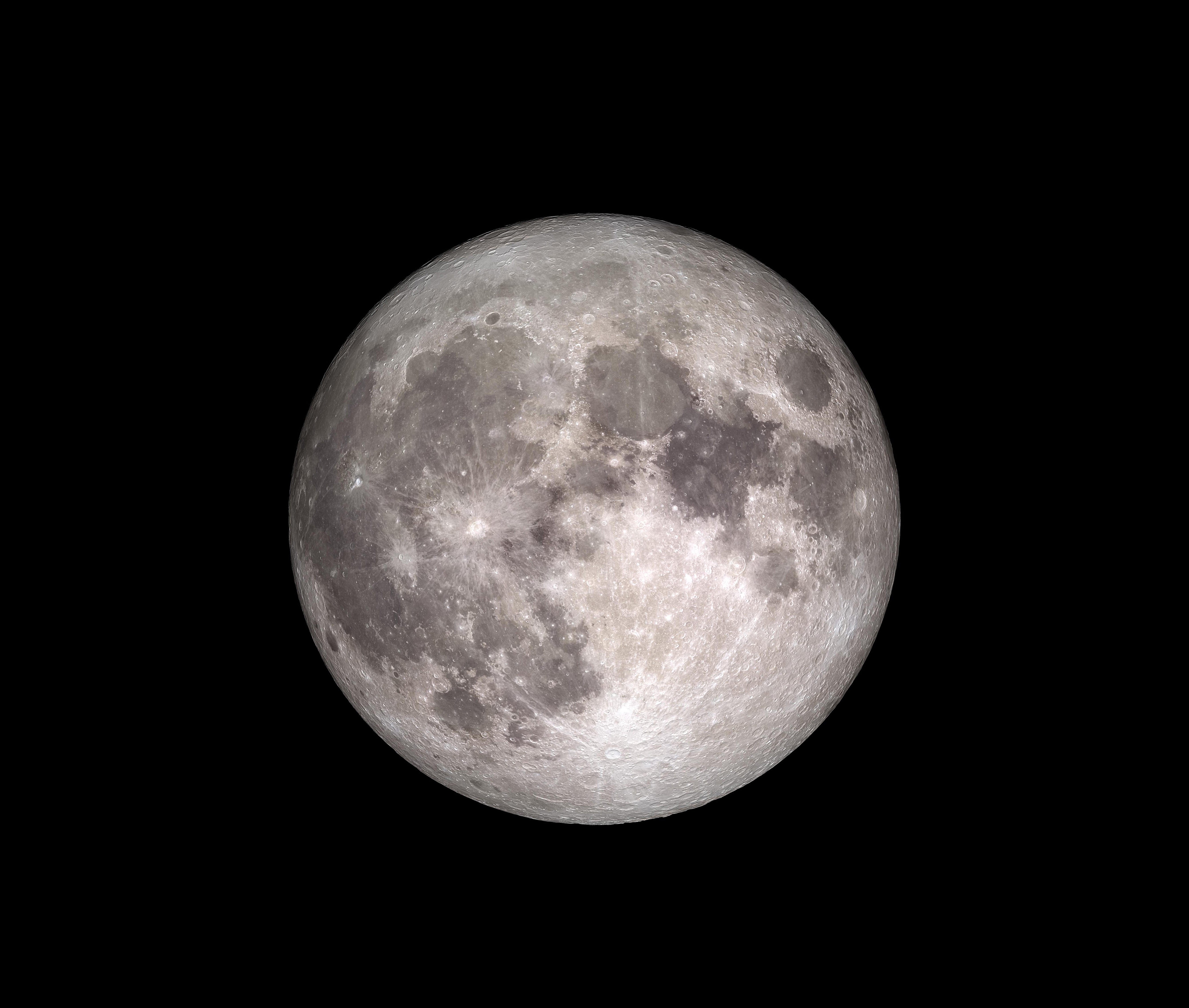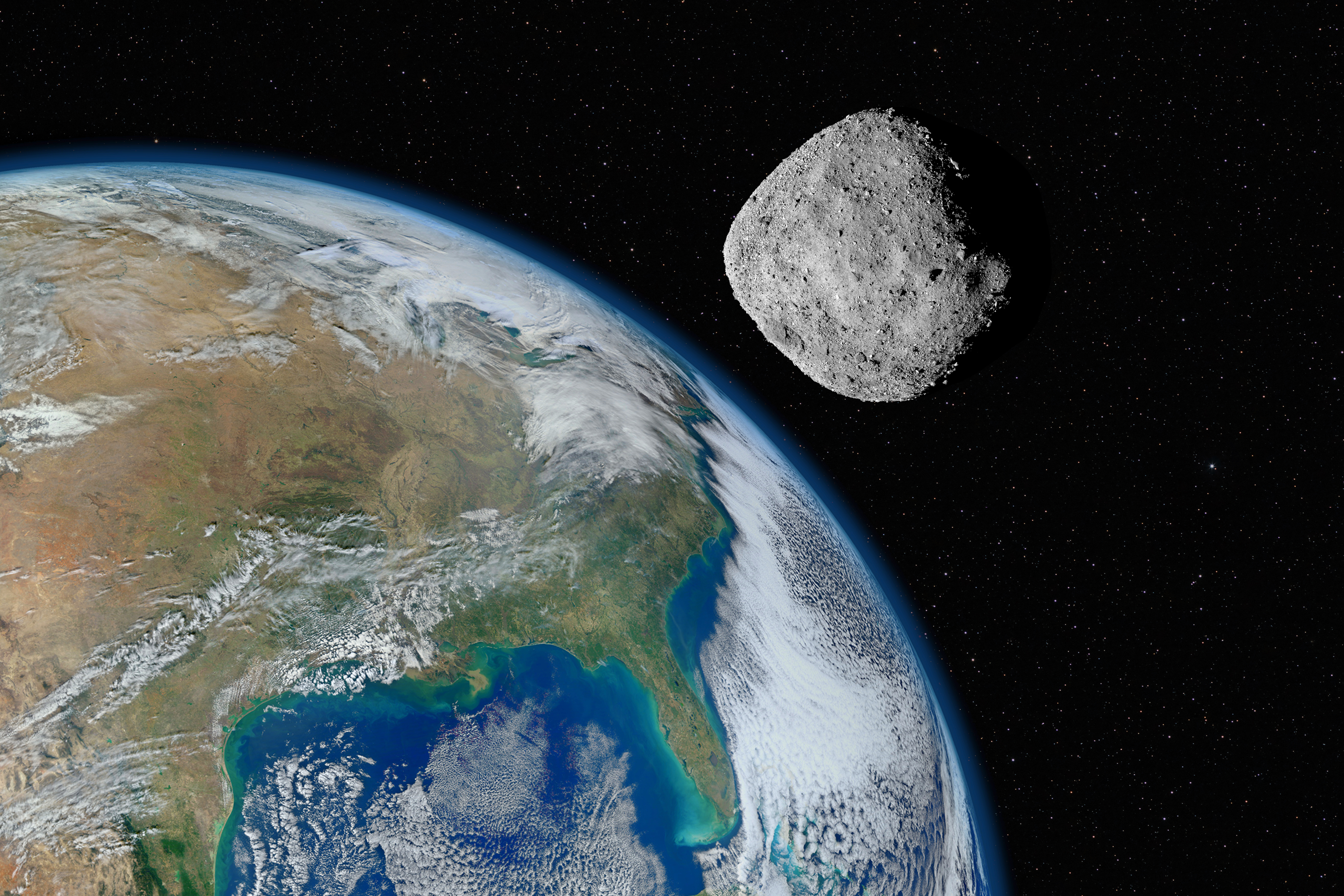index astrophysics

[Link] A Decades-Old Moon Mystery May Be Tied to an Ancient Impact
Read: 13/4/2022 www.vice.com
When you gaze up at the Moon from Earth, you are always looking at its near side, with those familiar dark patches, known as maria, that have inspired countless stories over the centuries.
astrogeology astrophysics geology plantary impacts science scientific breakthroughs simulations the moon university research vice.com

[Link] What will happen after the sun dies? ‘Serendipitous’ discovery gives clues
Read: 14/10/2021 www.theguardian.com
A Jupiter-sized planet has been found orbiting a white dwarf star in the Milky Way, providing clues as to what will happen in our solar system when the sun eventually dies.
astrophysics heat death solar system stars university research 🌞
[Link] Why do the planets in the solar system orbit on the same plane?
Read: 1/10/2021 www.livescience.com
If you've ever gazed at a model of the solar system, you've likely noticed that the sun, planets, moons and asteroids sit roughly on the same plane. But why is that? To answer this question, we have to travel to the very beginning of the solar system, about 4.5 billion years ago.

[Link] A Quarter of Stars Like Our Sun Eat Their Planets, Study Finds
Read: 30/8/2021 www.vice.com
It’s practically a childhood rite of passage to eat forbidden treats and then deny it when caught, even though the evidence is smeared all over your face.
astrophysics space space disaster stars university research vice.com

[Link] The Odds of This Dangerous Asteroid Hitting Earth Just Went Up
Read: 11/8/2021 www.vice.com
The odds that one of the most hazardous known asteroids might collide with Earth in the coming centuries just went up, though they are still extremely low. There is now a 0.057 percent chance of an impact before 2300, according to a new study that was discussed in a NASA teleconference on Wednesday.
apocalypse asteroids astrophysics australia natural disaster space space disaster vice.com
[Link] 'A hellish world': Astronomers have discovered a new planet but you won't want to visit
Read: 28/4/2021 www.abc.net.au
Queensland astronomers have discovered a new planet, but it offers a welcome far too warm for any human visitors. TOI-1431b — or MASCARA-5b — is about 490 light years away from earth and one of the hottest planets ever recorded, with temperatures high enough to vaporise most metals.